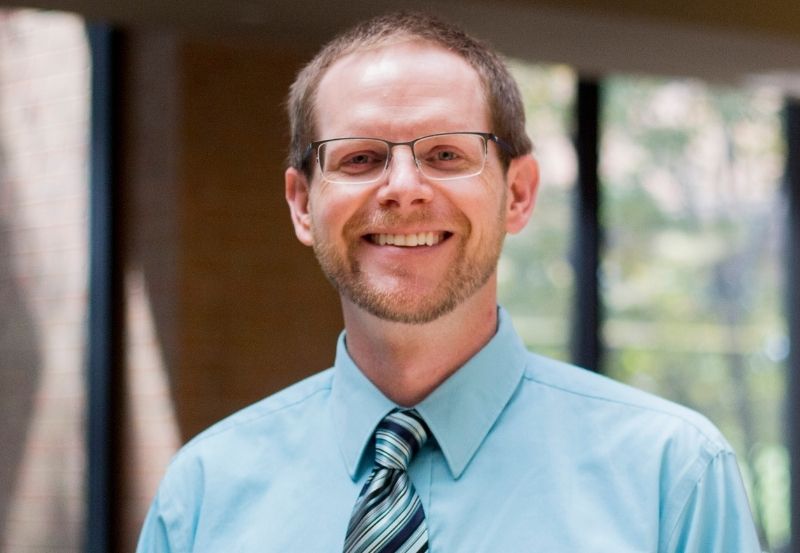Understanding Prostate Cancer

As the third-leading cause of cancer-related deaths, all men need to be aware of prostate cancer and how it is screened, diagnosed and treated. Dr. Nathan Littlejohn, a urologist at the CHI St. Vincent Urology Clinic in Hot Springs, answers some of the most common questions about prostate cancer.
How common is prostate cancer?
“Prostate cancer is the second-most diagnosed cancer among men in the United States and the third-leading cause of cancer-related death in men.”
At what age do you recommend men start getting screened for prostate cancer?
“Men from ages 55-69 should get a screening with a PSA (prostate-specific antigen) blood test every year. Higher-risk populations such as African-American men and those with a family history of prostate cancer may be screened earlier than age 55.”
What are the next steps if a screening reveals an elevated PSA?
“Usually, they’ll first come in for an office visit to discuss what the elevated PSA means and what a prostate biopsy entails. Once a patient has two elevated PSA tests, we typically recommend proceeding with the biopsy.”
What are the treatment options for prostate cancer?
“Active surveillance is one, and that’s typically used for lower-risk patients. It involves serial PSA screening over a period of time with a confirmatory biopsy usually 1-2 years after the initial diagnosis. The next option would be surgery, which would be removal of the prostate gland. Other options include radiation therapy, cryotherapy and hormonal therapy options.”
How can early detection improve the likelihood of overcoming prostate cancer?
“Early detection allows for the proper treatment and timing. If caught early, prostate cancer is highly treatable or may not need treatment at all.”
To learn more about treatment options for prostate cancer and a wide range of other urology problems, schedule an appointment at the CHI St. Vincent Urology Clinic in Hot Springs or one of our other urology clinics in Central and Southwest Arkansas.
